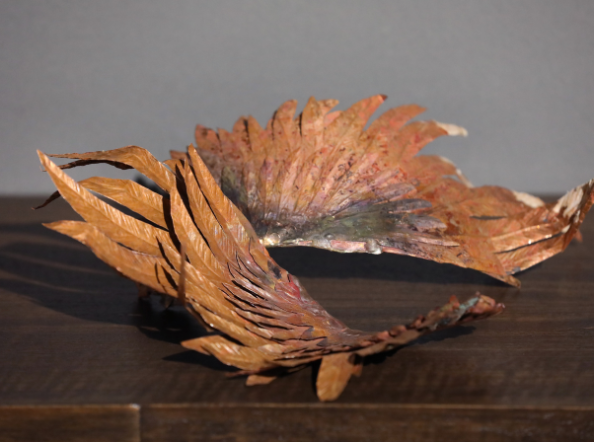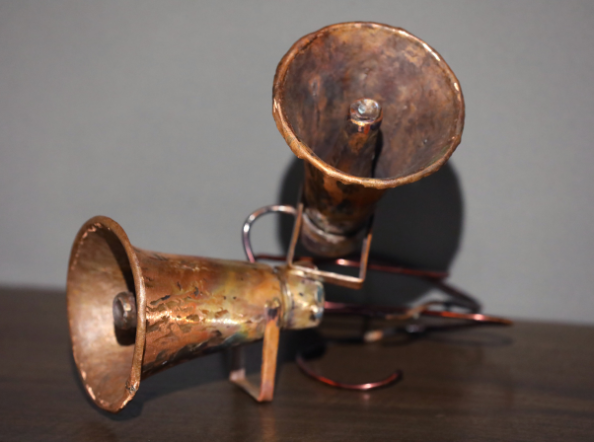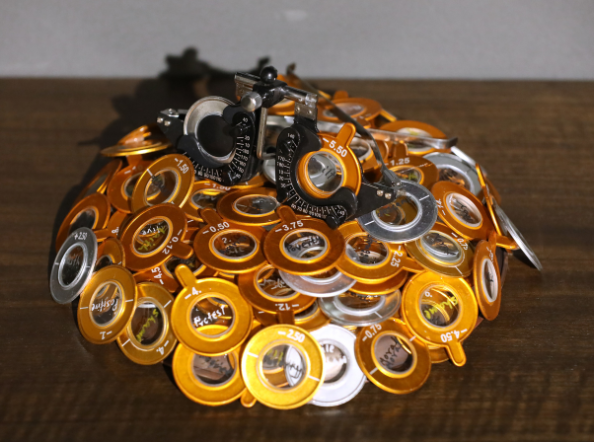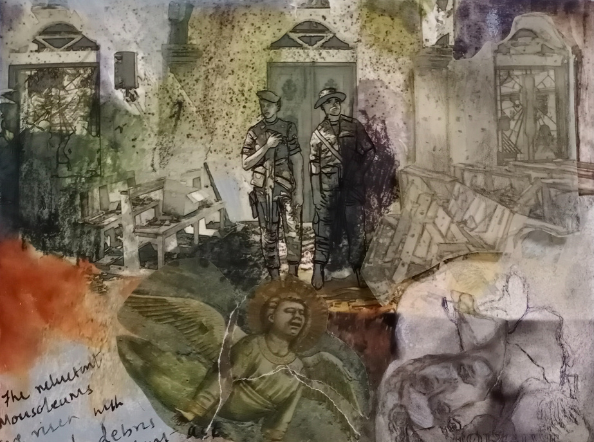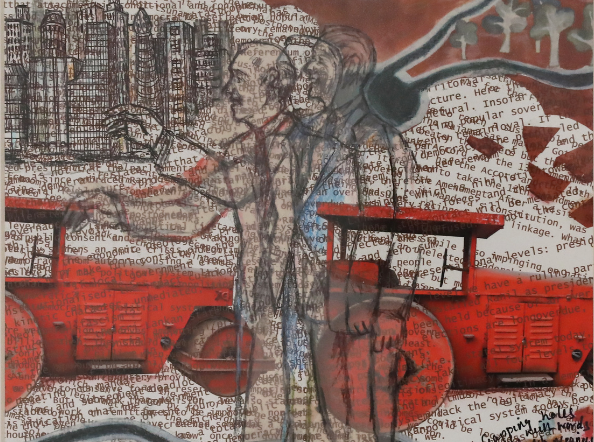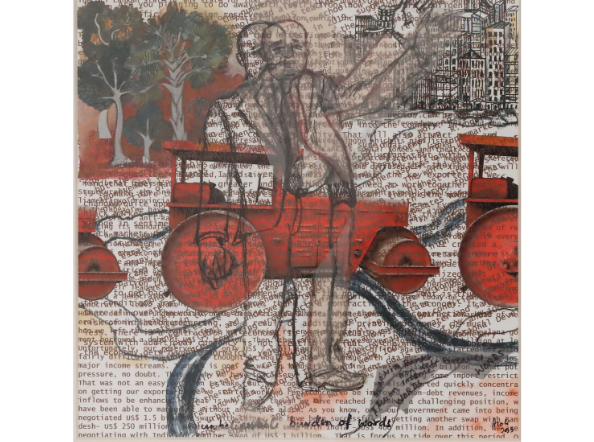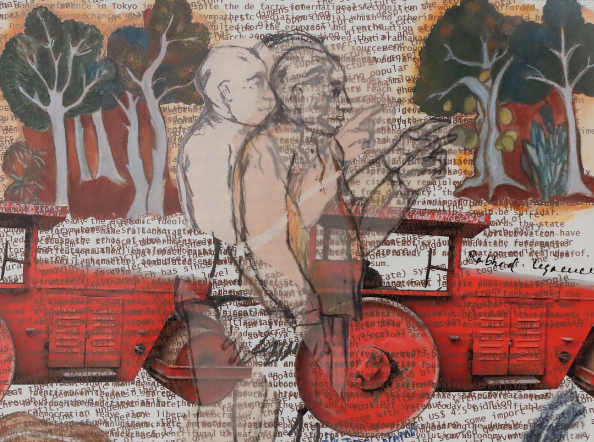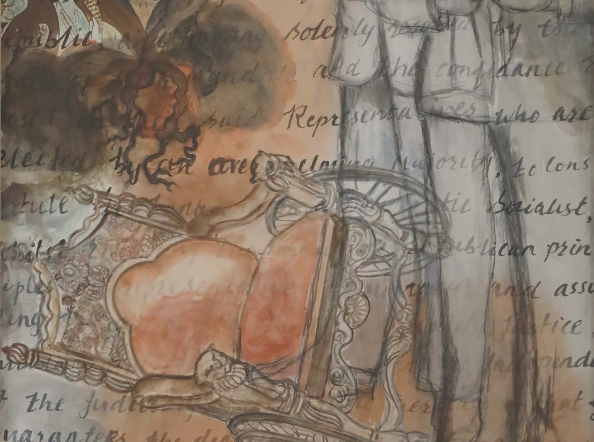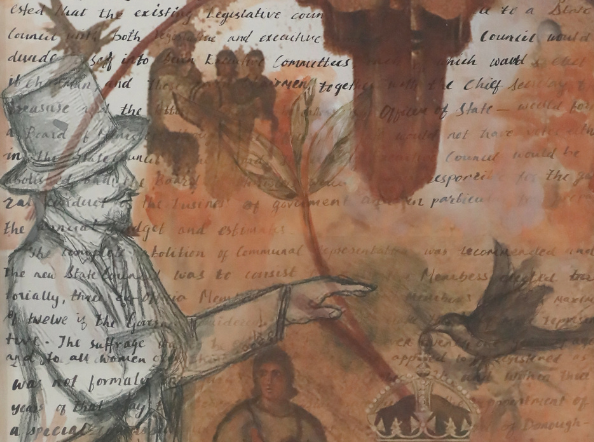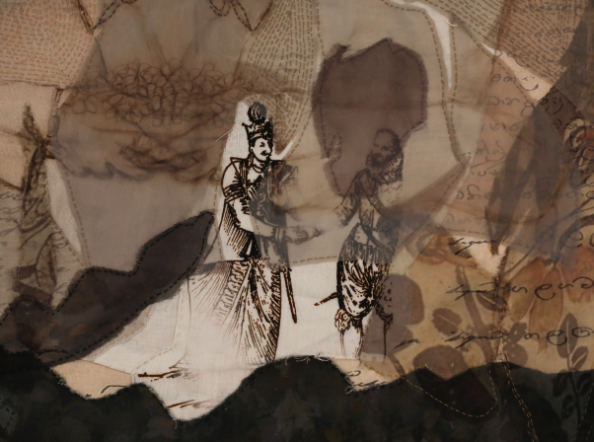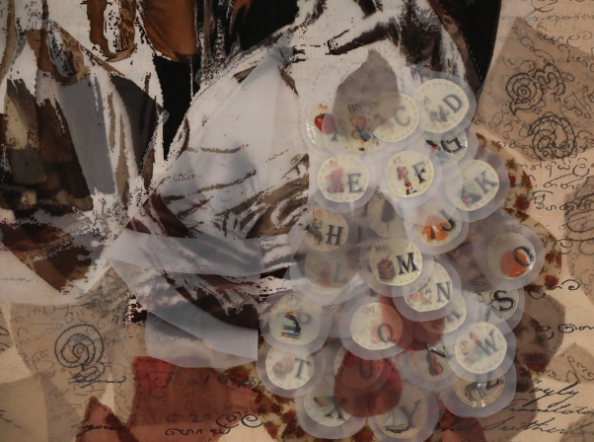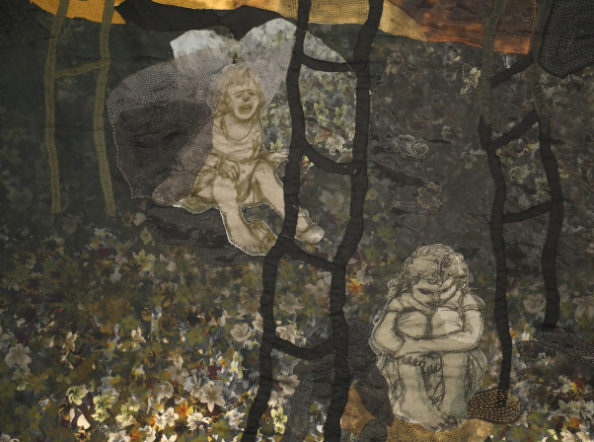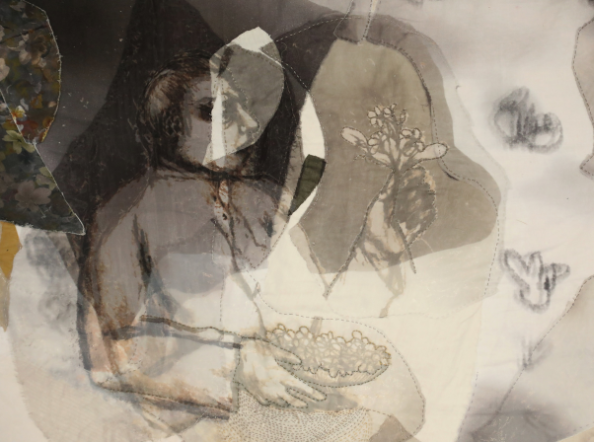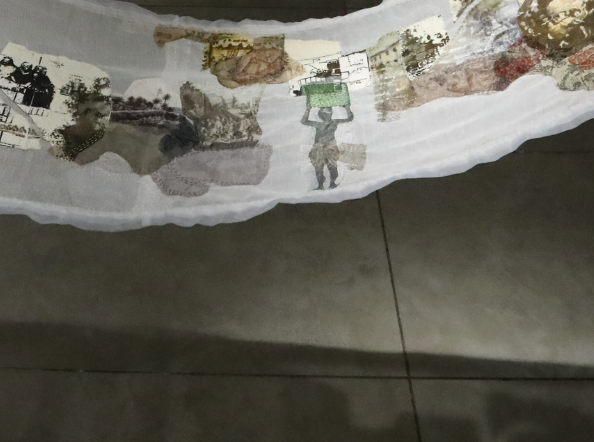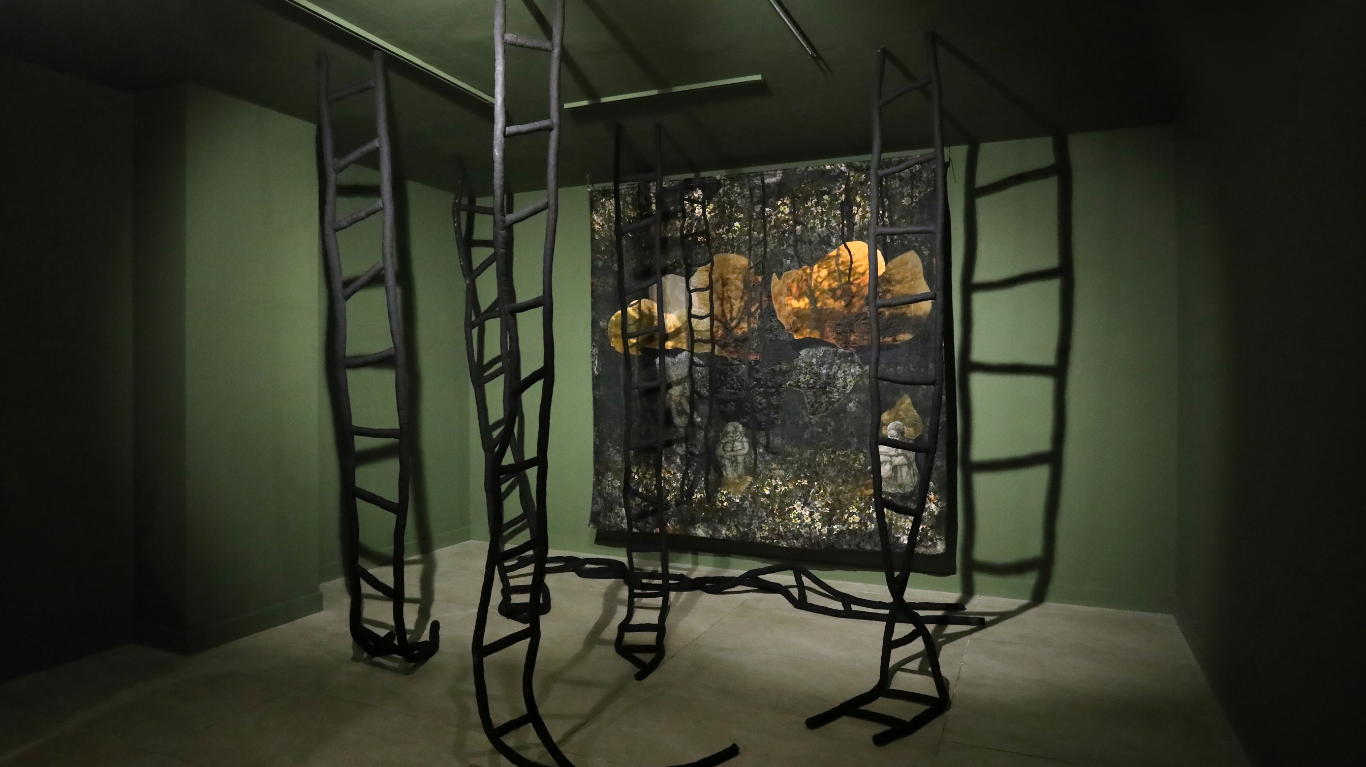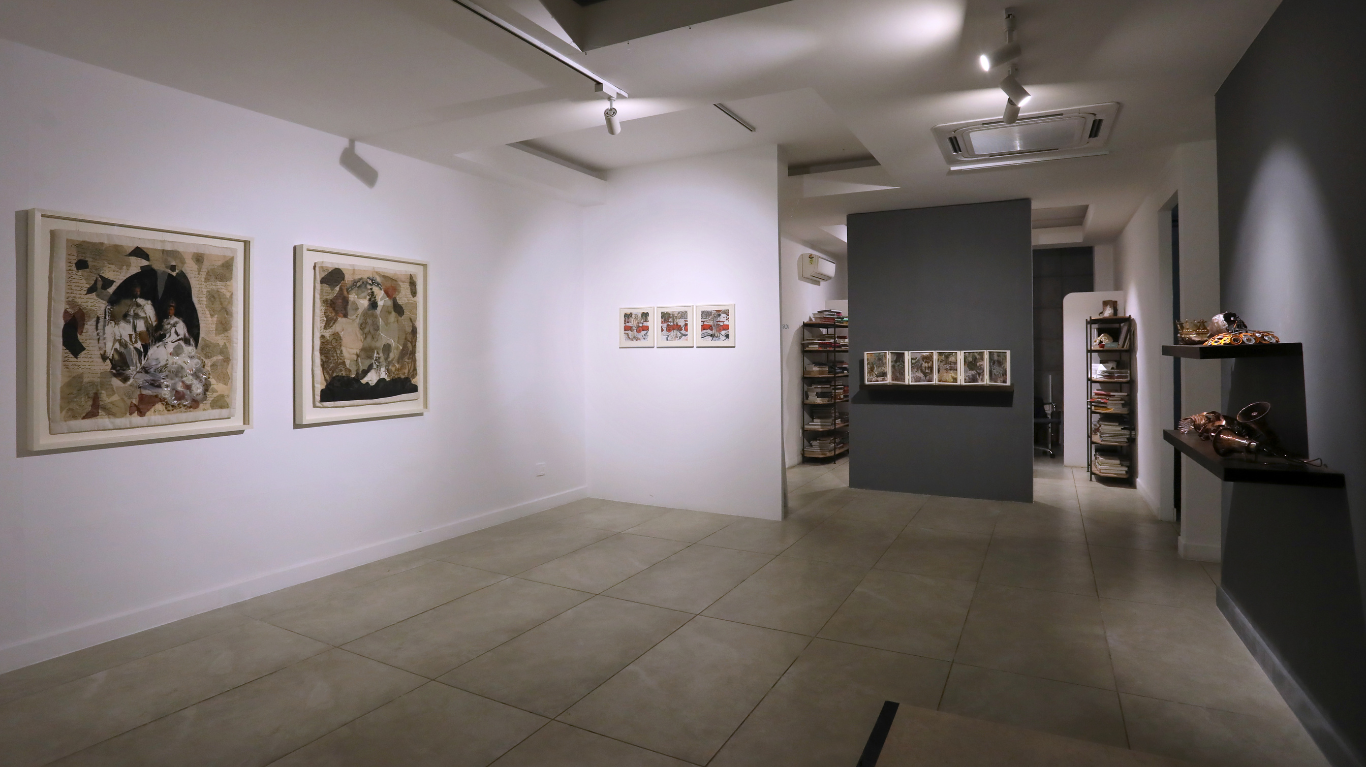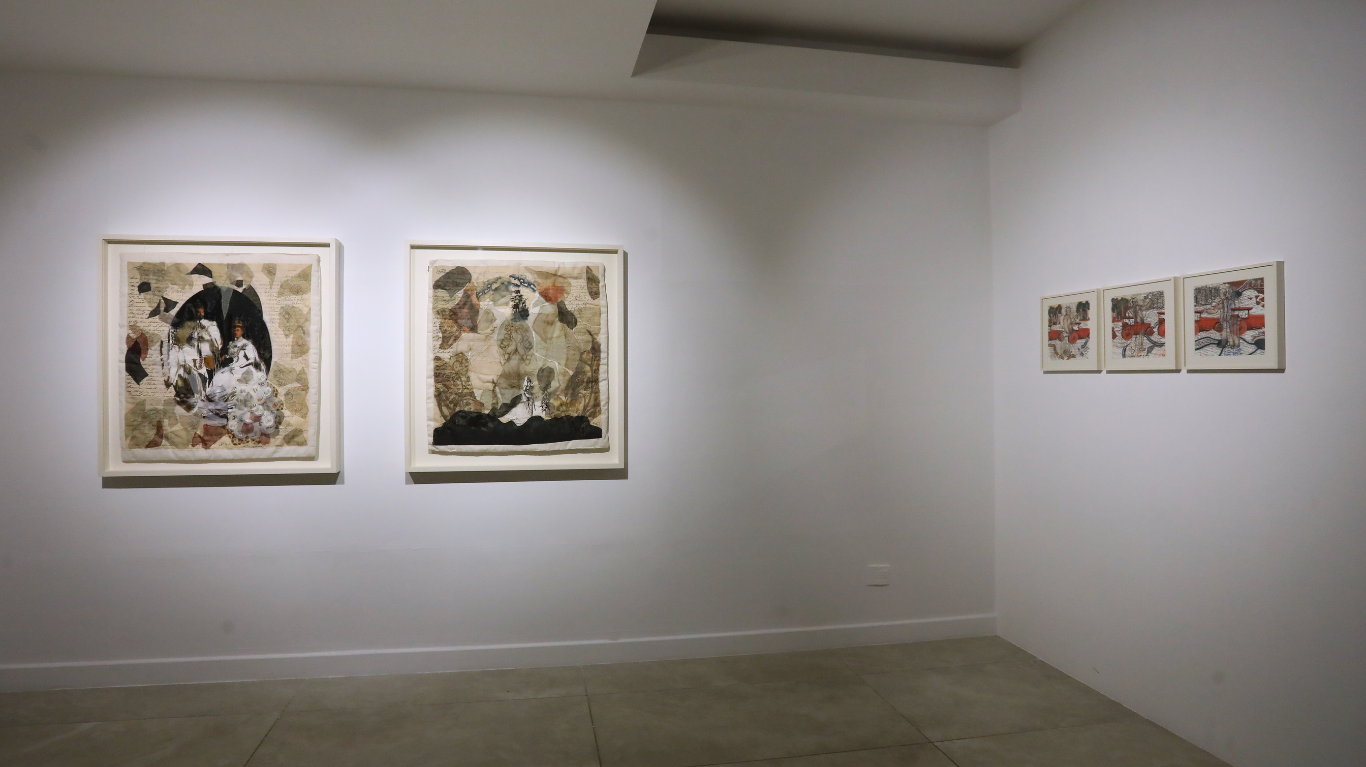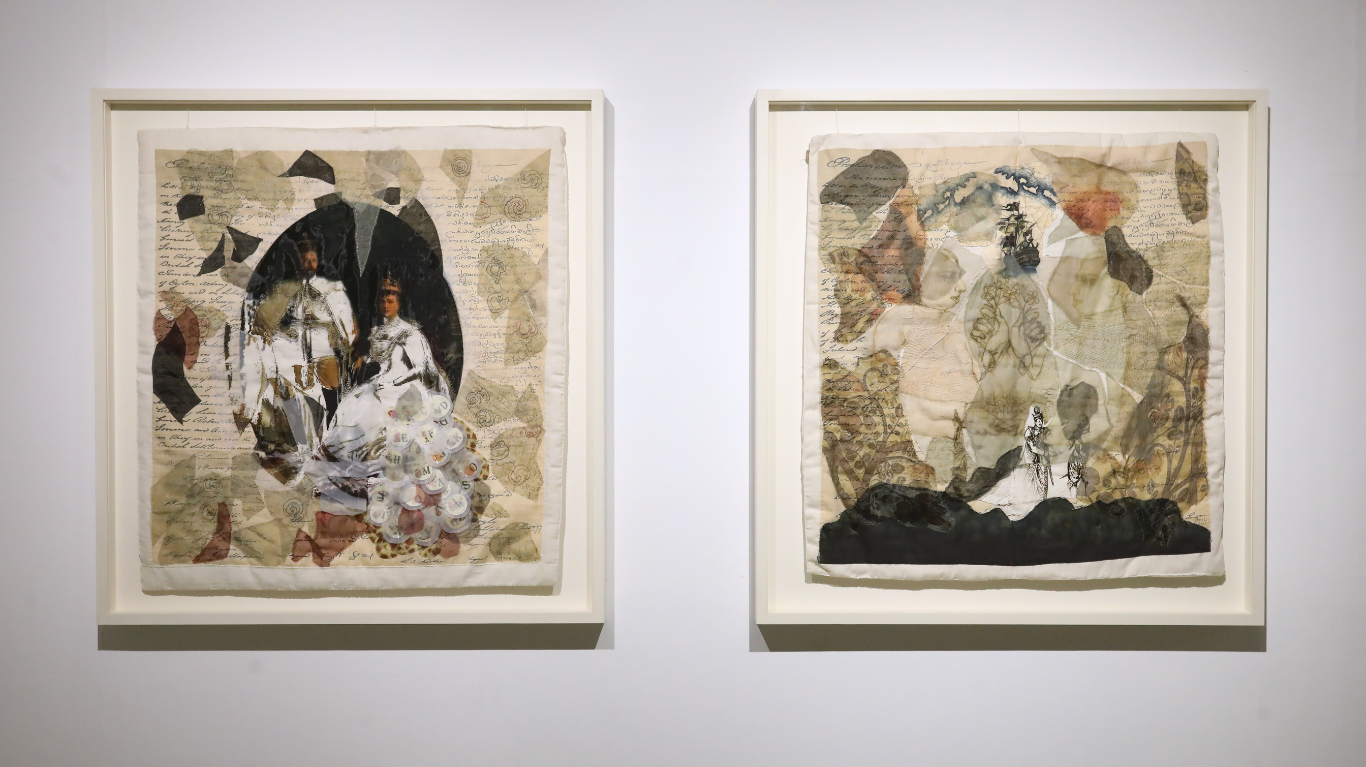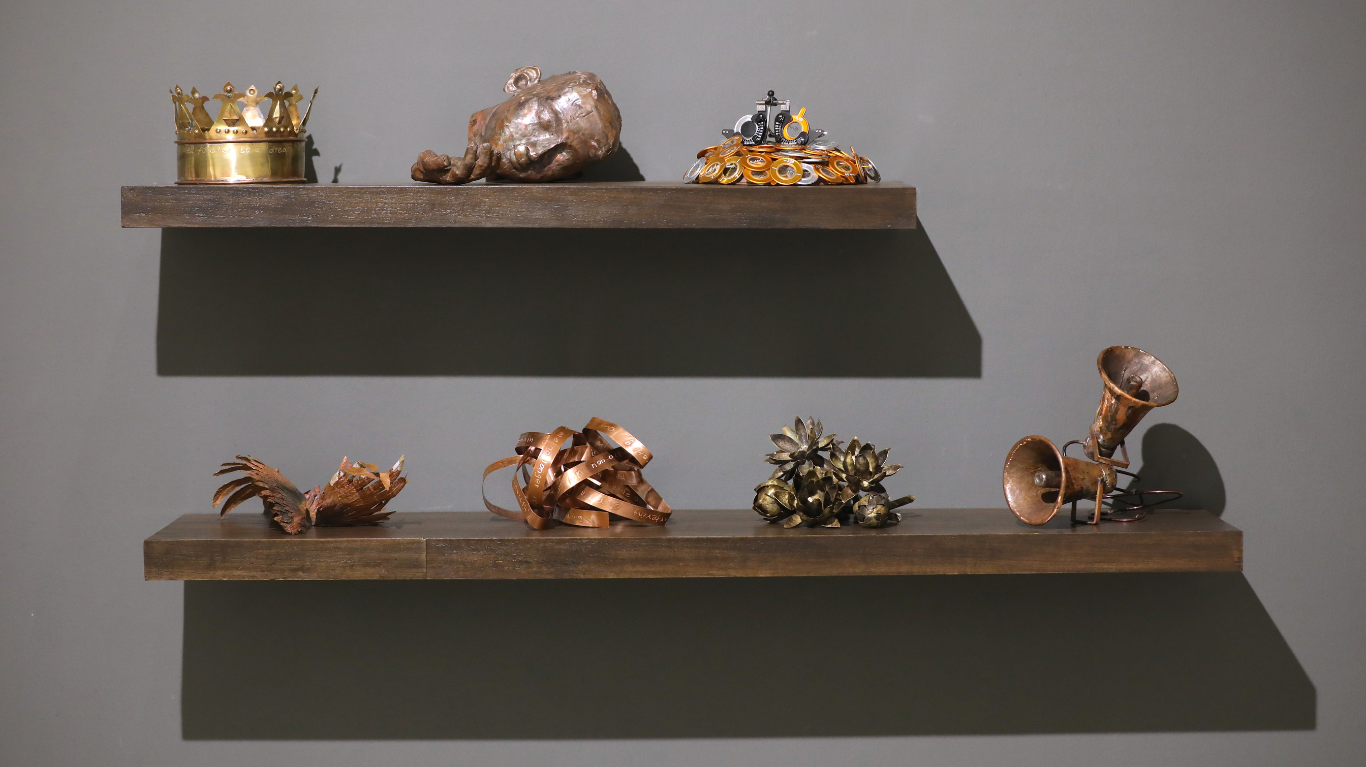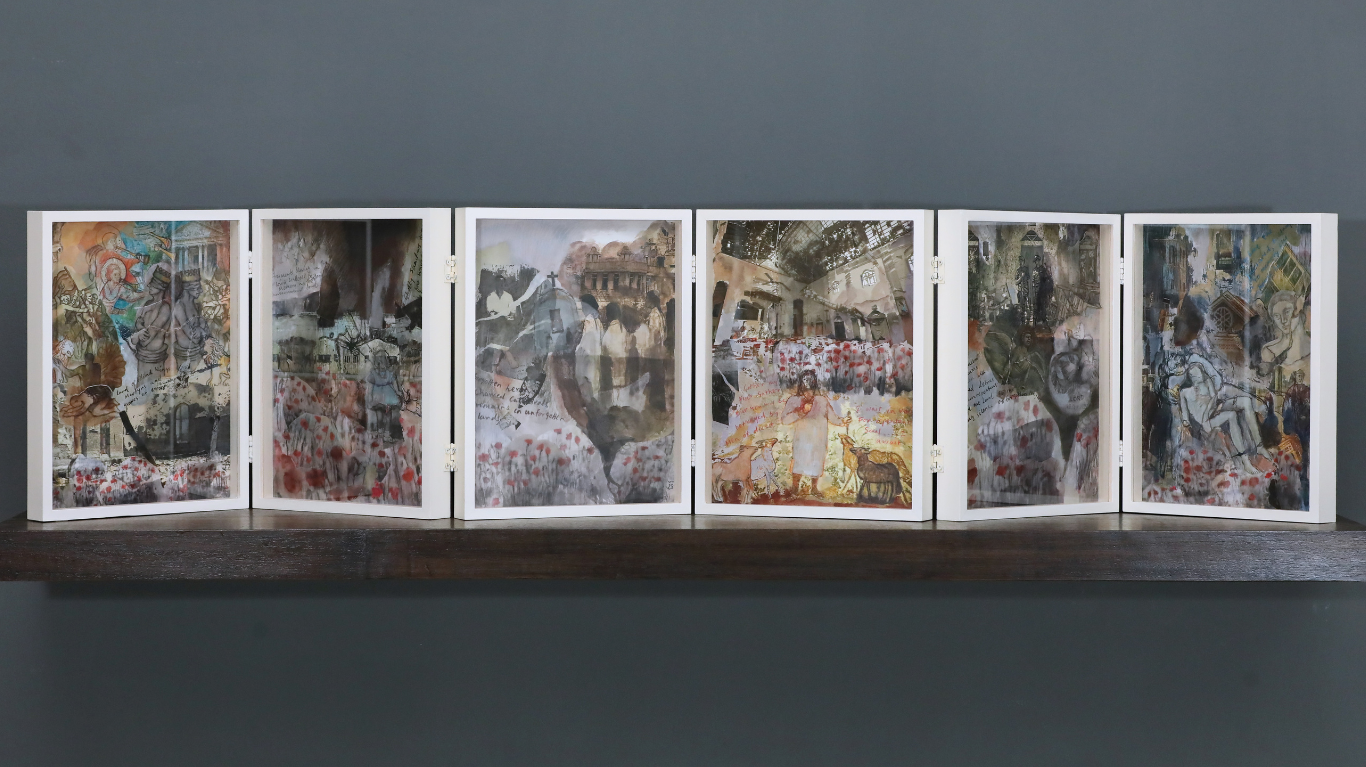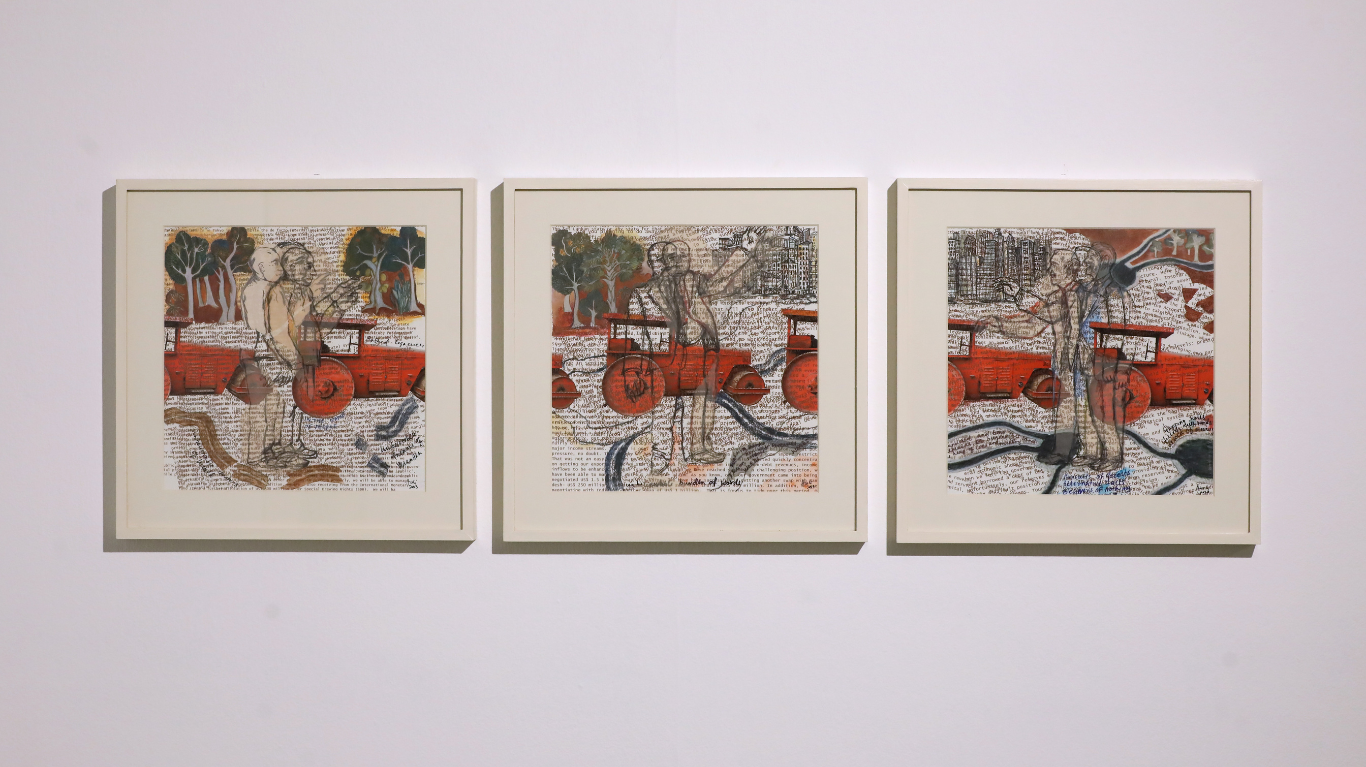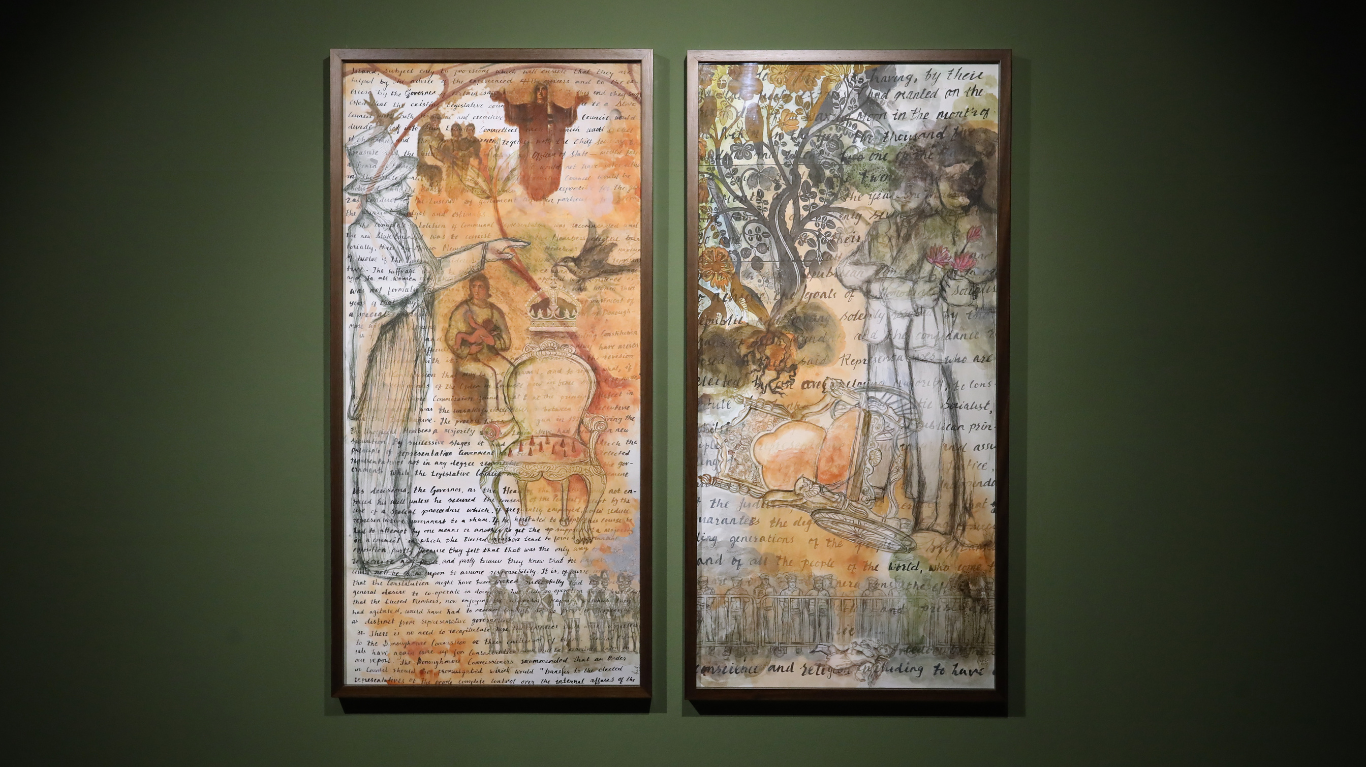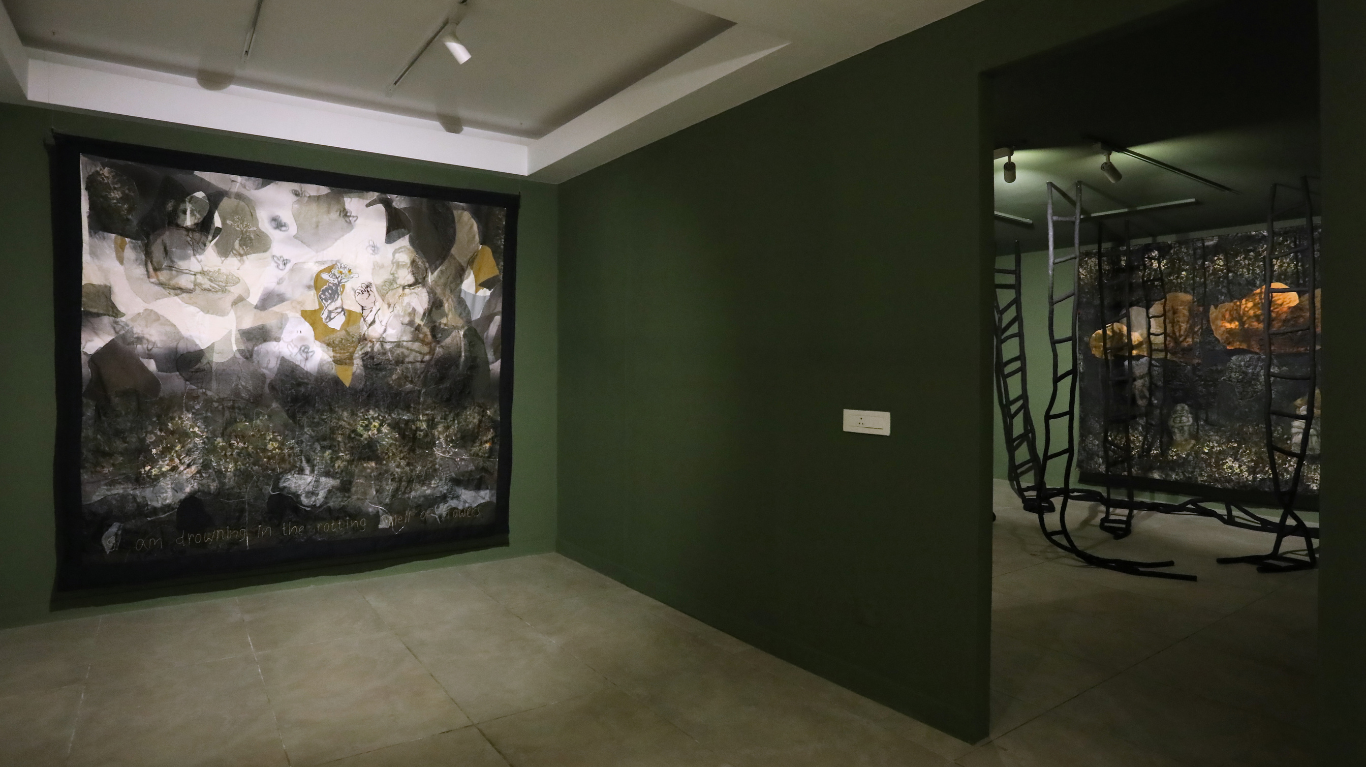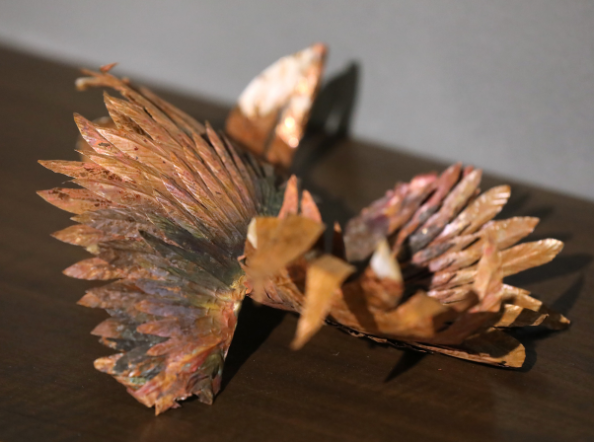-
Exhibitions
- Debris Collector |
| Anoli Perera | Curatorial Advisor Nancy Adajania
- — Anoli Perera
-
![Objects of Interest- Fallen Wings, 2023]() Objects of Interest- Fallen Wings, 2023
Objects of Interest- Fallen Wings, 2023
-
![Objects of Interest- Loudspeakers]() Objects of Interest- Loudspeakers
Objects of Interest- Loudspeakers
-
![Objects of Interest- Tangled words, 2023]() Objects of Interest- Tangled words, 2023
Objects of Interest- Tangled words, 2023
-
![Objects of Interest- Lensed]() Objects of Interest- Lensed
Objects of Interest- Lensed
-
![Objects of Interest- The Loss]() Objects of Interest- The Loss
Objects of Interest- The Loss
-
![Objects Of Interest- Crowned, 2023]() Objects Of Interest- Crowned, 2023
Objects Of Interest- Crowned, 2023
-
![Objects of Interest- Lotuses]() Objects of Interest- Lotuses
Objects of Interest- Lotuses
-
![Poppy Fields: Anxieties of Forgetting]() Poppy Fields: Anxieties of Forgetting
Poppy Fields: Anxieties of Forgetting
-
![Road Roller- The Unbarable Truth Series III]() Road Roller- The Unbarable Truth Series III
Road Roller- The Unbarable Truth Series III
-
![Road Roller- The Unbarable Truth Series II]() Road Roller- The Unbarable Truth Series II
Road Roller- The Unbarable Truth Series II
-
![Road Roller- The Unbarable Truth Series I]() Road Roller- The Unbarable Truth Series I
Road Roller- The Unbarable Truth Series I
-
![Wedged II]() Wedged II
Wedged II
-
![Wedged I]() Wedged I
Wedged I
-
![The Gift Series II: Bartered land]() The Gift Series II: Bartered land
The Gift Series II: Bartered land
-
![The Gift Series I: Language wars]() The Gift Series I: Language wars
The Gift Series I: Language wars
-
![I am Drowning Series II]() I am Drowning Series II
I am Drowning Series II
-
![I am Drowning Series I]() I am Drowning Series I
I am Drowning Series I
-
![Mirror wall]() Mirror wall
Mirror wall
-
![Conquest]() Conquest
Conquest
All That Remains
“The one good thing about national anthems is that we’re already on our feet, and therefore ready to run.”
—Ocean Vuong, On Earth We’re Briefly Gorgeous
In Anoli Perera’s recent exhibition, ‘Debris Collector’, we experience the stench of a present that is held hostage by the past, and condemned to a future that is always imminent, just out of reach. The artist seems to be drowning in the smell of fleurs du mal scattered across her tapestries. Perera’s birth country, Sri Lanka, having suffered a debilitating three-decade-long civil war, continues to fester in what Walter Benjamin long ago called a ‘state of emergency’, a condition where authoritarian regimes trap their citizens in a series of crises to keep them oppressed and unstable. In the exhibition space, we walk precariously between a man poised to jump off the edge of danger and an angel’s wings made true by a welder’s torch. We pass through landscapes displaying screaming children and trees burnt a fiery orange. We hope for redemption when we come across ladders thrown from the sky like SOS signals. But we know that a ladder like this is no trapeze. Whether the denizens of Perera’s tapestries climb up or down, they will always be imprisoned in an Escheresque game of no return.
Among these bleak scapes unravelling in an endless lament, we encounter fields of blood- blushing poppies. These delicate flowers of remembrance act as a shroud over the memories of the horrific Easter Sunday violence in 2019 when churches and hotels in Colombo were targeted by a series of terrorist suicide bombings. Chaos reigns here as debris of the attack – charred church roofs and collapsed walls – are layered over with images of falling angels and cherubs that herald the birth of Christ. Later, Christ the Saviour gathers his flock in the certain knowledge that his people will be betrayed.
As Shehan Karunatilaka writes darkly in ‘Assassin’s Paradise’: “We [the Sri Lankans] are prolific in our slaughter and consistent in our indifference to it.” The artist tries to make sense of the endless cycles of violence and the forced exodus of people from her birth country by layering her tapestries with printed and painted images on fabric. A palimpsest approach, as opaque as it is transparent, of veiled beginnings and endings with the middle having fallen through. Perera’s is an art of fractured facture. An art of accounting for the missing and the dead who have been continually erased from history.
For his daily survival, a man jumps off the ramparts of Fort Galle into a rock-riddled sea, surfacing to assume a champion’s biceps-flexing stance. We want to cheer him on. But we are left with the bitter aftertaste of a win that accentuates the failure of a political system that places its citizens’ lives in such extreme jeopardy.
—Nancy Adajania
